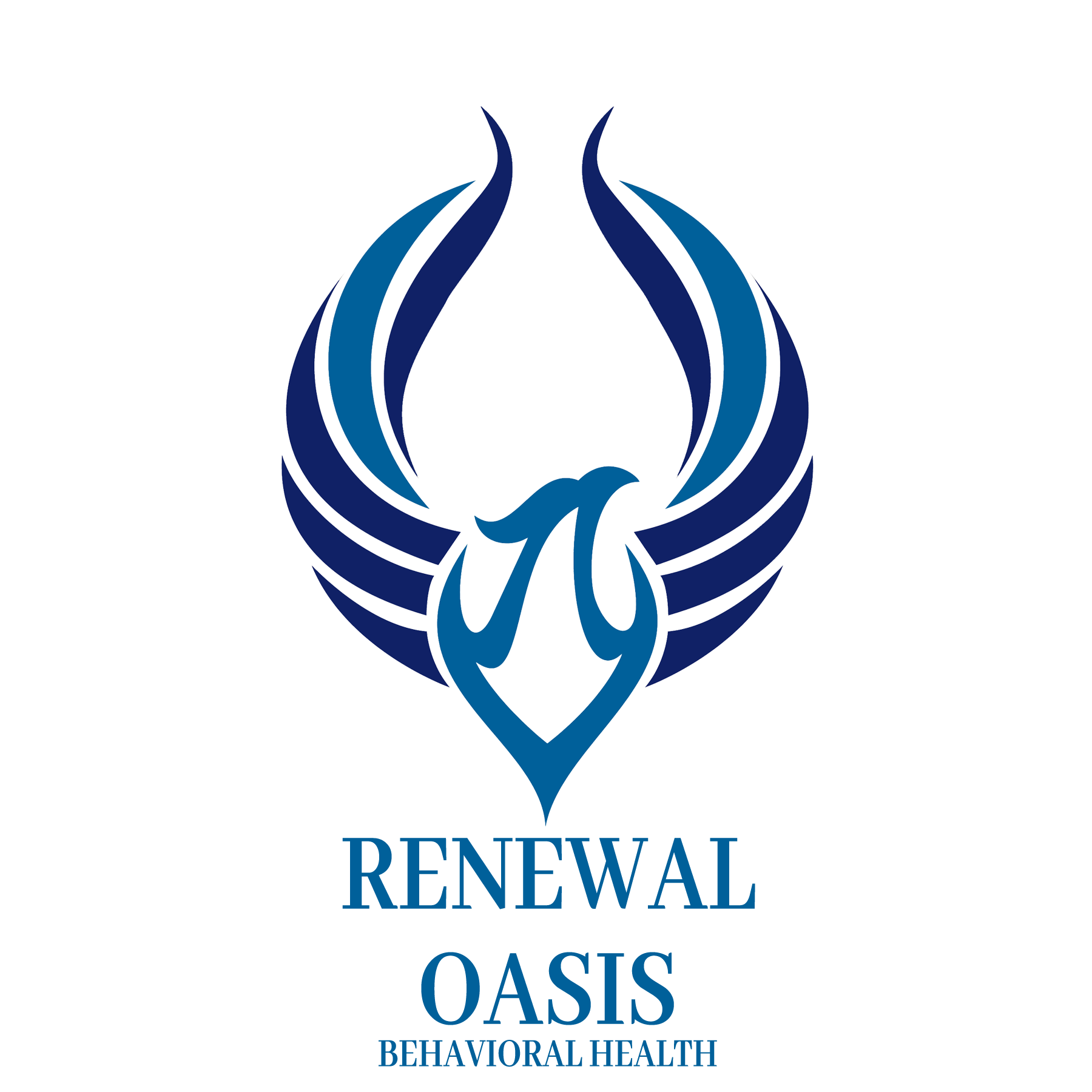Brainspotting and EMDR are two highly effective forms of therapy that have gained popularity in recent years for their ability to treat various mental health conditions. While both methods focus on helping individuals process traumatic experiences, they differ in their approaches and techniques. Ultimately, exploring the similarities and differences between brainspotting vs. EMDR therapies can help individuals determine when they are beneficial as part of their personalized mental health treatment plan.
What Does EMDR Stand For?
EMDR stands for Eye Movement Desensitization and Reprocessing, which is an evidence-based therapeutic approach originally developed to treat post-traumatic stress disorder (PTSD). It uses bilateral stimulation techniques, such as eye movements, hand taps, or auditory tones, to help individuals process distressing memories and experiences.
EMDR can help alleviate emotional distress associated with traumatic events by stimulating both sides of the brain. Specifically, this technique enables individuals to reprocess traumatic memories safely and less overwhelmingly, allowing for symptom relief and healing.
What Is Brainspotting?
Brainspotting is a therapeutic approach that focuses on accessing and processing unresolved emotional trauma, as well as other challenging experiences. It utilizes specific eye positions associated with the trauma or difficult memories in the individual’s visual field to locate brainspots.
During a brainspotting session, the therapist guides the individual to focus their gaze on a particular spot while allowing their mind to wander freely. This process facilitates deep emotional release and promotes healing.
Brainspotting vs. EMDR Therapy: What’s the Difference?
While Brainspotting and EMDR share similarities in their treatment of traumatic experiences, they have distinct differences in their therapeutic approaches, as follows:
- Focused Eye Positions: In EMDR, eye movements are used to process trauma. In contrast, brainspotting uses specific eye positions – brainspots – related to the individual’s traumatic experience.
- Client Participation: EMDR encourages clients to vividly recall a traumatic memory while undergoing bilateral stimulation. Brainspotting prioritizes allowing the client’s mind to wander naturally and find its own healing trajectory.
- Targeted Applications: While initially developed for PTSD treatment, EMDR has expanded to treat other mental health disorders. On the other hand, brainspotting is primarily effective at treating trauma.
- Length of Therapy: EMDR follows a structured therapy schedule where individuals work through specific target memories at each session. The number of sessions needed is determined by how many target memories need to be addressed. Whereas brainspotting follows a more exploratory and organic approach to processing trauma, which means the number of sessions is more open-ended based on the individual’s progress.
Techniques: Brainspotting vs. EMDR
Brainspotting vs. EMDR techniques are different. In EMDR, therapists use eye movements to focus on specific traumatic memories or disturbing thoughts. In brainspotting, therapists target specific brainspots related to the individual’s trauma or distressing experience.
What They Treat: Brainspotting vs. EMDR
Brainspotting vs. EMDR are effective in treating various mental health issues, particularly those related to trauma. EMDR can be used to treat PTSD, anxiety disorders, phobias, depression, grief and loss, substance use disorders and addiction, and stress. Additionally, brainspotting is effective at treating PTSD, as well as attachment issues, dissociative disorders, and chronic pain conditions.
Effectiveness: Brainspotting vs. EMDR
Both brainspotting and EMDR are highly effective in their respective therapeutic areas. However, it is important to note the effectiveness of these therapies can vary depending on individual factors and the willingness of the individual to take an active role in their therapy.
Ultimately, the choice between brainspotting vs. EMDR depends on individual preferences. Consult a mental health professional experienced in both therapies to determine which approach best aligns with your needs and treatment goals.
What Other Therapies are Used with Brainspotting and EMDR?
Brainspotting and EMDR can be integrated with various other therapeutic approaches to create a personalized and comprehensive treatment plan, including:
- Individual Therapy: Individual therapy sessions provide one-on-one attention and allow individuals to discuss their concerns in a safe and supportive environment.
- Group Therapy: Participating in group therapy provides additional support as individuals share their experiences, gain insights from others, and develop a peer support network.
- Family Therapy: Including family therapy in treatment can help address relationship issues, improve communication, and promote family healing.
- Cognitive-Behavioral Therapy (CBT): CBT is a therapeutic approach that identifies negative thoughts or behaviors contributing to distressing emotions or symptoms. Therefore, combining CBT with brainspotting or EMDR can enhance cognitive restructuring and promote healthier coping strategies.
- Dialectical Behavior Therapy (DBT): DBT emphasizes mindfulness practices, emotional regulation skills training, interpersonal techniques, and developing distress tolerance tools. Integrating DBT with brainspotting or EMDR provides individuals with a comprehensive set of coping strategies for managing intense emotions.
- Holistic Therapies: Holistic therapies, such as yoga, meditation, and art therapy, have shown promise in supporting trauma recovery. Combining these approaches with brainspotting and EMDR can provide complementary benefits by encouraging relaxation, stress reduction, and improved physical and mental well-being.
Learn About Our EMDR Therapy at Renewal Oasis Behavioral Health in Palm Desert
Discover the transformative power of EMDR therapy at Renewal Oasis Behavioral Health in Palm Desert. Our experienced therapists guide you through healing, offering a safe, supportive environment for your recovery. Whether you need help with PTSD, trauma, or other mental health disorders, our EMDR specialists are here for you. Take the first step to a brighter tomorrow by contacting us today.



